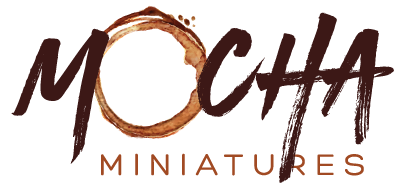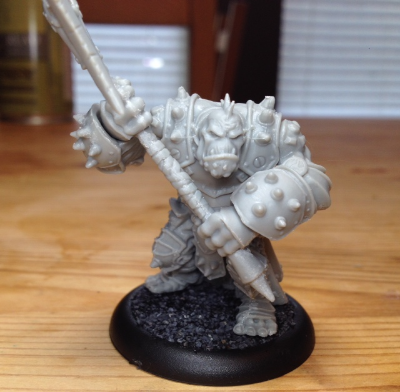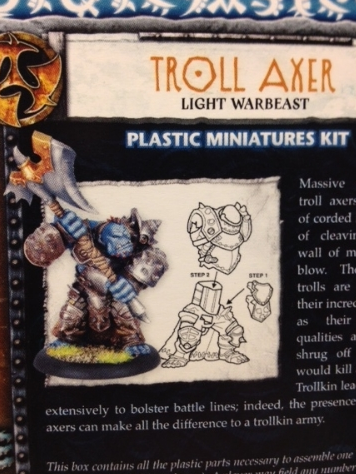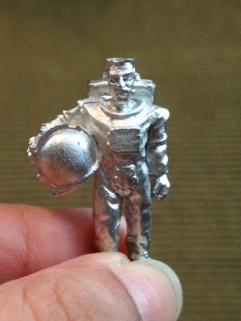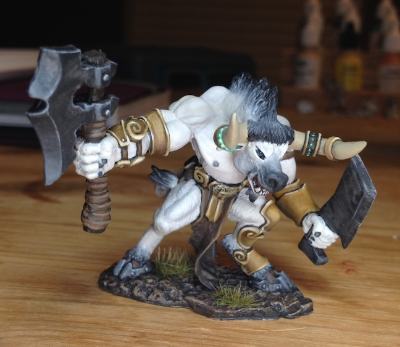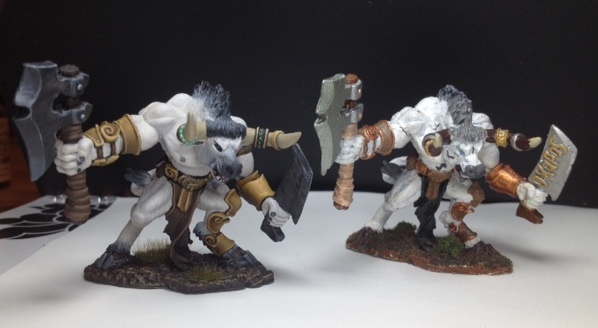Happy Miniature Monday!
I started my very first Privateer Press miniature this weekend: Hordes "Troll Axer". Once I found out what he'd look like when fully-assembled (see below), I couldn't wait to get started!
Privateer Press · Hordes · Troll Axer
However, my impatient nature got the better of me, and I totally missed the clearly outlined Steps 1 & 2 on the back of the box.
Luckily, my IKEA-assembling-skills came to the rescue when I decided to skip the directions in the spirit of artistic license. I just started gluing stuff together. I blame the new anime series I watched on Crunchyroll while cleaning, priming, and preparing the miniature for assembly-- subtitles demand way too much attention. While I don't foresee any future consequences of my initial oversight, I should pay closer attention next time. Lesson learned. I'm now choosing to paint the pieces separately and then assemble the parts near the end. Better safe than sorry! Since most of the miniatures I've painted have been cast in one piece, I don't have much experience with mini assembly. Let's see how this paint-sections-separately method works out.
The painted example of this Trollblood is blue on the box, so I decided to go in a completely different direction and chose an orange/dark charcoal metallic color scheme. I wasn't sure how orange would look on him so I started painting the skin tones first. I'm pretty happy with how his skin is turning out so far!
Base Coat
Blended Shading/Highlights
He's been sculpted wearing heavy armor so I want to study Shaded Metallics this week. I've heard quite a bit about NMM (Non-Metallic Metal), where one paints the visual effects of metal surfaces without using metallic paints-- a challenging prospect when painting 3D figures. I can understand why one of my miniature painter friends describes painting NMM as "a slog.. every time". While the Shaded Metallics/True Metallic Metal (TMM) technique is less popular, I've heard it's considerably less time-consuming. I want to be able to call upon that technique for basic tabletop miniatures so I won't continue to shy away from minis that are sculpted with heavy armor.
Reading up on TMM and running a few isolated experiments on Troll Axer as the focus for my next blog post. See you Thursday!
